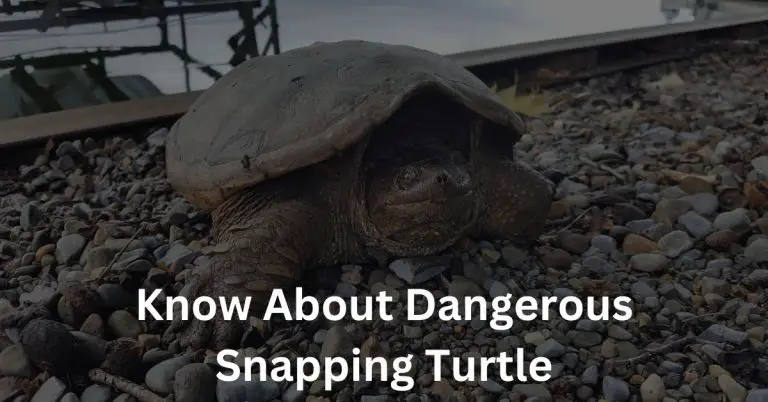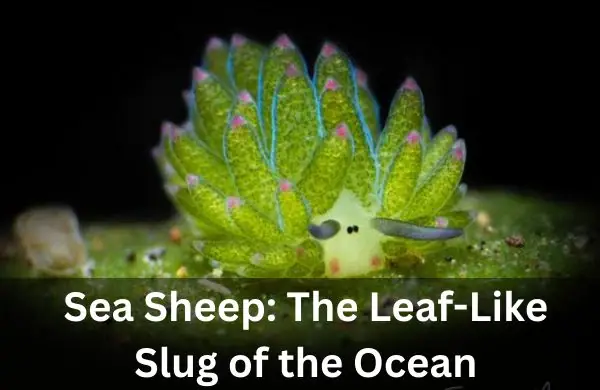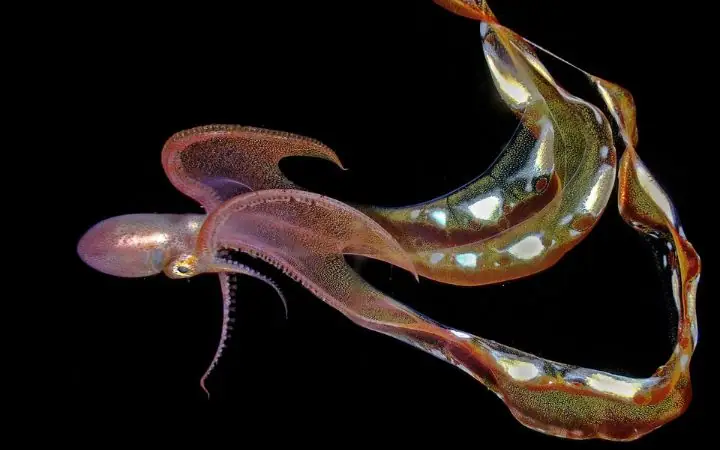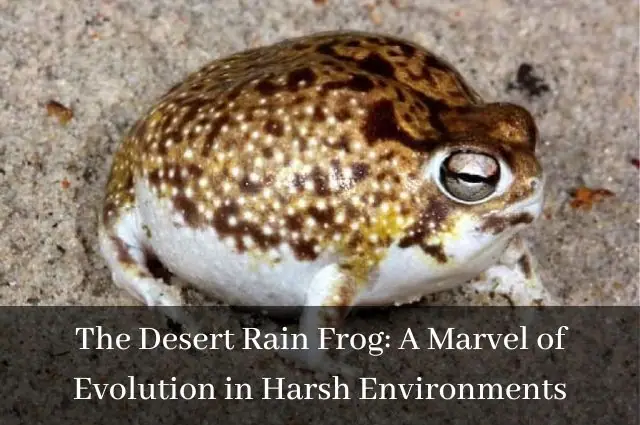Spotted Eagle Ray: The Jewel of the Seas

The spotted eagle ray is a captivating marine creature that captures the imagination with its striking appearance and graceful movements. With its broad disc and long, whip-like tail, this ray stands out among its underwater counterparts. Its distinctive spotted pattern and elegant coloration add to its allure.
In this blog post, we will delve into the fascinating world of the spotted eagle ray, exploring its physical features, habitat, feeding behavior, reproductive process, and interactions with humans.
Additionally, we will touch upon its conservation status and the efforts being made to protect this remarkable species. Prepare to be amazed by the wonders of the spotted ray as we dive into the depths of its world.
All About Spotted Eagle Ray
Scientific Name and Classification
Scientific Name: Aetobatus narinari Kingdom: Animalia Phylum: Chordata Class: Chondrichthyes Order: Myliobatiformes Family: Myliobatidae Genus: Aetobatus Species: narinari
The spotted eagle ray belongs to the family Myliobatidae, which includes other species of eagle rays. Its scientific name, Aetobatus narinari, is used to specifically identify this particular species.
.
Habitat and Distribution
The spotted eagle ray is known for its ability to inhabit a wide range of marine environments, making it a versatile species in terms of habitat selection. Here are some key points about its habitat and distribution:
1. Preferred Habitats: Spotted eagle rays are commonly found in warm, tropical, and subtropical waters. They have a preference for shallow coastal areas, including coral reefs, lagoons, seagrass beds, and sandy bottoms. These habitats provide them with abundant food sources and suitable conditions for reproduction.
2. Global Distribution: The species has a global distribution, inhabiting various regions across the world. They can be found in the Atlantic Ocean, including the western Atlantic from the eastern coast of the United States to Brazil, and the eastern Atlantic from West Africa to the Mediterranean Sea. In the Indo-Pacific region, they are found from the Red Sea and the Arabian Gulf to Australia and Hawaii.
3. Range Variations: While eagle rays are widely distributed, their specific range can vary depending on various factors such as water temperature, food availability, and oceanographic conditions. Their presence in certain areas may be influenced by seasonal migrations or local variations in habitat suitability.
4. Coastal and Inshore Areas: Spotted eagle rays often prefer coastal and inshore habitats, making them more accessible to divers, snorkelers, and beachgoers. They can frequently be spotted close to shore, especially in areas with coral reefs or seagrass meadows.
5. Depth Range: Although they are most commonly found in shallow waters, spotted spotted rays are capable of diving to greater depths. They have been observed at depths of up to 200 meters (656 feet), exploring the deeper parts of their habitat.
6. Migratory Behavior: While some spotted eagle rays display resident behavior, staying in a particular area year-round, others exhibit migratory patterns, moving to different locations in search of food or suitable breeding grounds. These migrations can be influenced by factors such as water temperature, availability of prey, and reproductive needs.
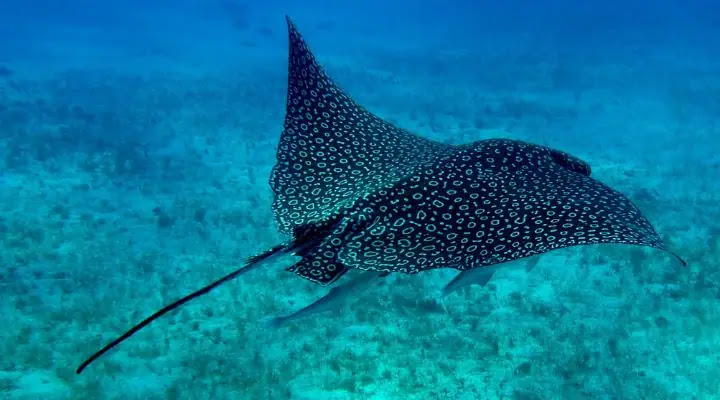
Understanding the habitat preferences and distribution of spotted eagle rays helps researchers and conservationists assess their population health and implement appropriate management strategies. In the next section, we will explore the feeding and hunting behavior of these magnificent rays.
.
Feeding and Hunting Behavior
The feeding and hunting behavior of the spotted eagle ray is fascinating and showcases its adaptability as a predator in the marine ecosystem. Let’s delve into the details:
- Diet: Spotted eagle rays are primarily carnivorous and have a diverse diet. They consume a wide range of food, such as tiny fish, mollusks (such as clams, snails, and squids), and crustaceans (such as crabs and prawns). They dismember crustacean exoskeletons and smash the tough shells of mollusks with their specialized teeth.
- Feeding Techniques: When foraging for food, spotted eagle rays employ different feeding techniques depending on the type of prey and habitat. They use their broad, flattened snout to search for buried prey in the sandy or muddy bottom. By flapping their pectoral fins, they stir up sediment, exposing hidden prey items. Once detected, they use their powerful jaws and teeth to crush the prey.
- Filter-Feeding Behavior: In some instances, eagle rays also engage in filter-feeding behavior. They swim near the water’s surface, using their specialized gill rakers to filter small planktonic organisms, such as shrimp and small fish, from the water.
- Cooperative Hunting: spotted rays have been observed displaying cooperative hunting behavior. They sometimes form groups, swimming in a circular formation to corral and trap schools of small fish, making it easier for them to feed on the trapped prey.
- Nocturnal Feeding: While spotted eagle rays are active during the day, they also engage in nocturnal feeding. Under the cover of darkness, they search for food, taking advantage of different prey species that are more active at night.
- Docile Nature: Spotted eagle rays are generally docile and pose little threat to humans. They are known to be curious and may approach divers and snorkelers, offering an incredible opportunity to observe them up close. However, it’s important to maintain a respectful distance and not disturb or harass them.
Understanding the feeding and hunting behavior of the spotted eagle ray provides insight into its ecological role as a predator and its interactions within the marine food web. In the next section, we will explore the reproductive process and life cycle of these magnificent creatures.
.
Interactions with Humans
Spotted eagle rays are generally docile and pose little threat to humans. They are known for their curious nature and may approach divers, snorkelers, and swimmers. These encounters offer a memorable experience, as the rays gracefully glide through the water, showcasing their impressive size and distinctive markings.
Spotted ray have become popular attractions for wildlife tourism in coastal areas where they are commonly found. Snorkeling or diving excursions often include opportunities to observe and swim alongside these rays, allowing people to appreciate their beauty and behavior firsthand.
The presence of spotted eagle rays inaccessible coastal areas provides an educational opportunity for scientists, researchers, and marine enthusiasts to study their behavior, ecology, and life history. These studies contribute to our understanding of these remarkable creatures and aid in conservation efforts.
Eagle rays are not intentionally targeted by fishermen, they can be unintentionally caught as bycatch in fishing gear, such as trawls and gillnets. Additionally, habitat degradation, pollution, and climate change pose threats to their populations. It is crucial to mitigate these impacts to ensure their long-term survival.
Understanding and respecting the interactions between humans and spotted eagle rays can lead to a harmonious coexistence that benefits both species. By appreciating their presence and supporting conservation measures, we can contribute to the preservation of these remarkable marine creatures.
.
Conservation Status and Efforts
The conservation status of the spotted eagle ray is a topic of concern due to the various threats and challenges they face in their natural habitats. Here are some key points about their conservation status and the efforts being made to protect them:
IUCN Red List
The spotted eagle ray is classified as “Near Threatened” on the Red List of Threatened Species maintained by the International Union for Conservation of Nature (IUCN). According to this categorization, the species faces a high danger of extinction in the near future if conservation measures are not put in place.
Habitat Loss and Degradation
The destruction and degradation of coastal habitats, such as coral reefs and seagrass meadows, pose a significant threat to eagle rays. These habitats are essential for their foraging, breeding, and sheltering needs. Factors contributing to habitat loss include coastal development, pollution, and destructive fishing practices.
Overfishing and Bycatch
Spotted eagle rays can be unintentionally caught as bycatch in various fishing gear, including trawls, gillnets, and longlines. This incidental capture can result in injuries or fatalities. Additionally, targeted fishing for rays in some regions can lead to population declines.
International Trade
spotted ray are occasionally targeted for their meat, gill plates (known as “ray gill rakers”), and skin, which are used in traditional medicine, jewelry, or leather products. The demand for these products can contribute to their exploitation and decline.
Marine Protected Areas (MPAs)
The establishment and management of Marine Protected Areas play a crucial role in the conservation of spotted eagle rays and their habitats. MPAs provide a safe haven for these rays and help safeguard their populations by reducing human activities that negatively impact their survival.
Research and Monitoring
Scientists and researchers conduct studies to understand better the ecology, behavior, and population dynamics of common eagle rays. This information is vital for implementing effective conservation strategies and monitoring the status of their populations over time.
Public Awareness and Education
Increasing public awareness about the importance of spotted eagle rays and their role in marine ecosystems is crucial for their conservation. Education programs, outreach initiatives, and responsible tourism practices help promote the understanding of these species and encourage conservation efforts.
Efforts are underway to protect the spotted eagle ray and its habitats through various conservation initiatives. These include implementing fishing regulations, promoting sustainable fishing practices, raising awareness among local communities, and supporting research projects focused on the species.
By recognizing the conservation needs of the spotted sting ray and supporting these efforts, we can contribute to the long-term survival and well-being of this remarkable species. In conclusion, let us appreciate and protect these magnificent creatures to ensure their presence in our oceans for generations to come.
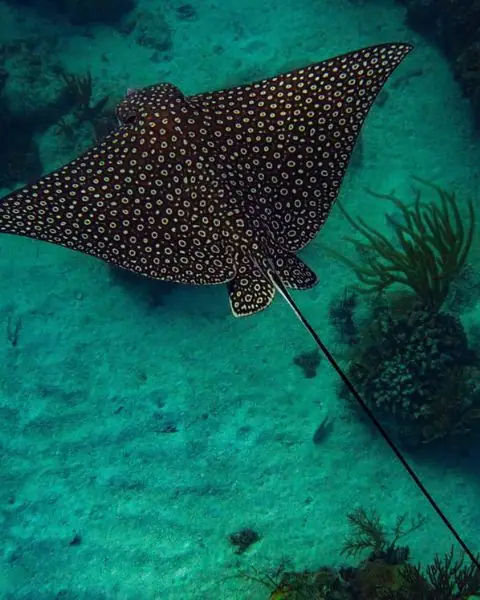
.
Facts
Here are some fun facts about the spotted eagle ray:
- Spotted eagle rays are generally docile and non-aggressive towards humans. They are known to be curious.
- The pectoral fins of the spotted eagle ray resemble wings, giving them a graceful appearance as they glide through the water.
- Spotted eagle rays are highly adaptable and can be found in a variety of marine habitats.
- Some spotted eagle rays exhibit migratory behavior, moving to different areas in search of food or suitable breeding grounds.
- Spotted eagle rays have a relatively long lifespan for a ray species. They can live up to 25 years or more.
.
Conclusion
Lastly, the spotted eagle ray is a captivating marine creature that fascinates with its unique physical features, adaptability to diverse habitats, and graceful swimming. Its striking spotted pattern, impressive wingspan, and whip-like tail make it a true marvel of the ocean.
Understanding the habitat preferences, feeding behavior, reproductive process, and interactions with humans provides valuable insights into the ecological role of the spotted eagle ray and the challenges it faces. Conservation efforts are crucial to safeguarding their populations and preserving their habitats.
By promoting responsible interactions, raising awareness, supporting research, and implementing conservation measures such as marine protected areas and sustainable fishing practices, we can contribute to the conservation of these magnificent creatures.
Let us strive to protect the spotted eagle ray and its marine environment, ensuring its continued presence and inspiring generations to appreciate the wonders of our oceans.
FAQs:
What is a spotted eagle ray?
The spotted eagle ray (Aetobatus narinari) is a species of ray characterized by its distinct spotted pattern on its dorsal side and a flattened body shape. It has a wide, wing-like pectoral disc, a long, whip-like tail, and a streamlined body. These rays can reach lengths of up to 5 meters (16 feet) and are known for their graceful swimming movements.
What does a spotted eagle ray eat?
Spotted eagle rays eat a variety of marine organisms in their diet. They feed on benthic invertebrates like crabs, clams, snails, shrimp, and worms. Additionally, they consume small fish, including bony fish and smaller rays. Cephalopods like squid and octopus are also part of their diet.
Are eagle rays dangerous?
Eagle rays, including the spotted eagle ray, are generally not considered dangerous to humans. They are renowned for their passive behavior and propensity to stay away from conflict. However, they should be handled carefully and with respect as you would any wild animal. It is important to maintain a safe distance and avoid provoking or touching them, as they may react defensively if they feel threatened or cornered.
Why is the spotted eagle ray endangered?
As of my knowledge cutoff in September 2021, the spotted eagle ray is not classified as endangered. However, it faces threats such as overfishing, habitat degradation, climate change, and unsustainable tourism practices. These factors can impact their population size and distribution.
Read Also:
- Unveiling the Beauty of Discus Fish: A Comprehensive Guide
- Blanket Octopus: Nature’s Hidden Wonder
- Sea Butterflies: Discovering the Delicate Wonders of the Ocean



